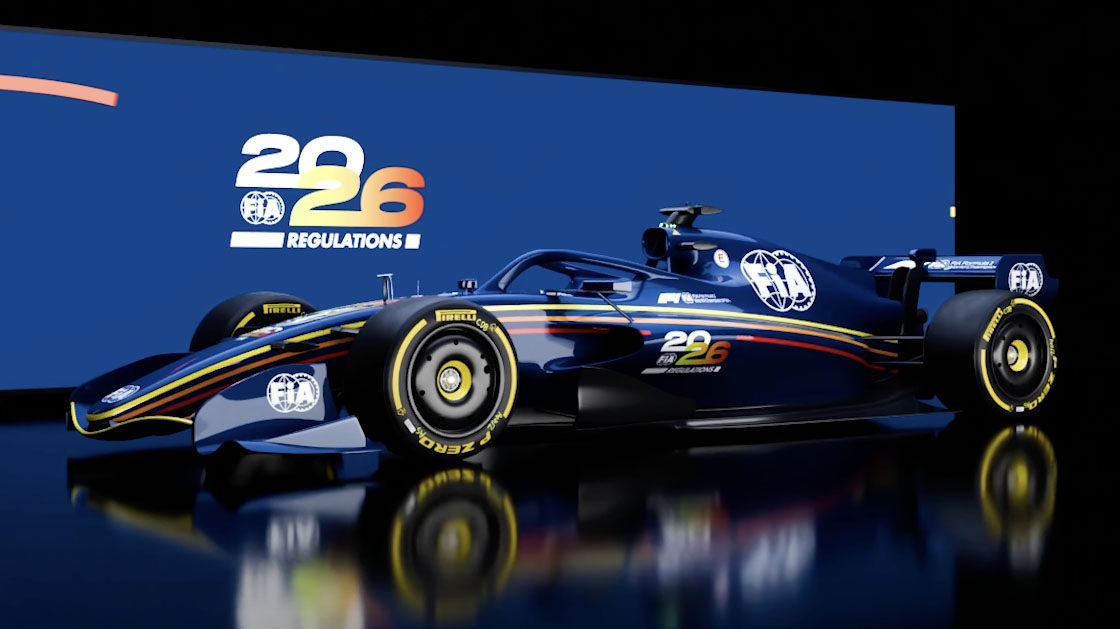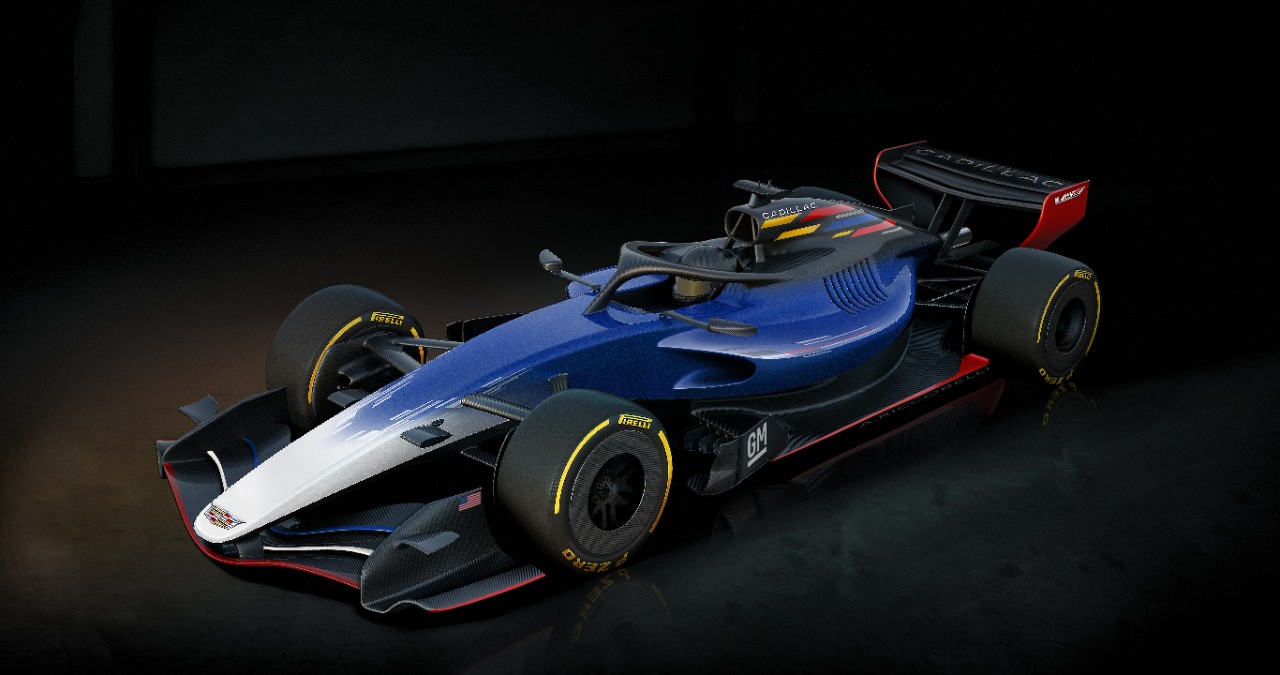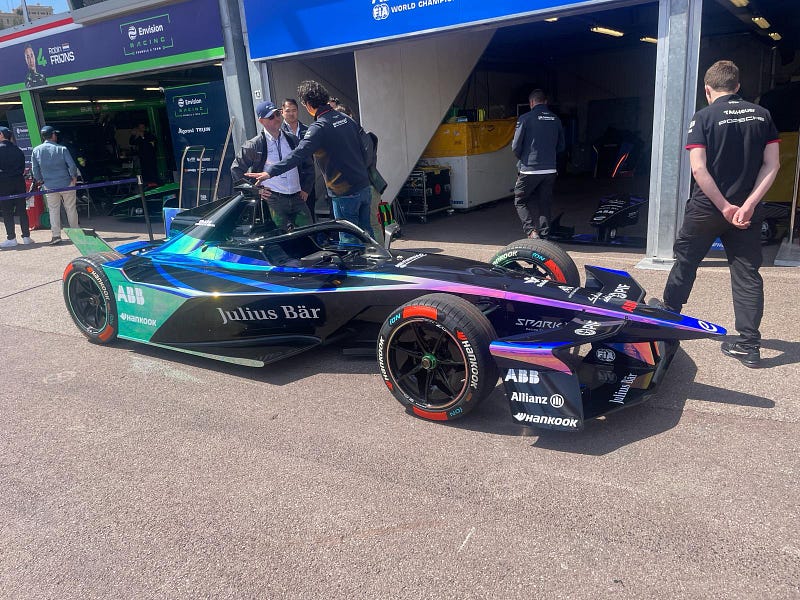Earlier this year, Formula One announced the new regulations for 2026 and beyond. The new regulations mean that the race cars will drastically change in shape, size, and performance. But what do the new rules for F1 actually mean?
When creating an F1 car, there are 3 main components: the chassis, the structure of the car; the aerodynamics, which influence cornering and speed on the straights; and the powertrain, the engine of the car. Through these components, we will explain the new regulations.
Chassis
A major issue within F1, is the size and weight of the cars. Especially on narrow tracks, overtaking is challenging and, in some cases, nearly impossible. Meanwhile the weight makes the current cars sluggish, unresponsive, and causes heavier tyre degradation. With these complaints in mind, the 2026 cars will see a 30kg weight reduction and will be smaller in size. This will allow for more space on the track and more nimble racing.
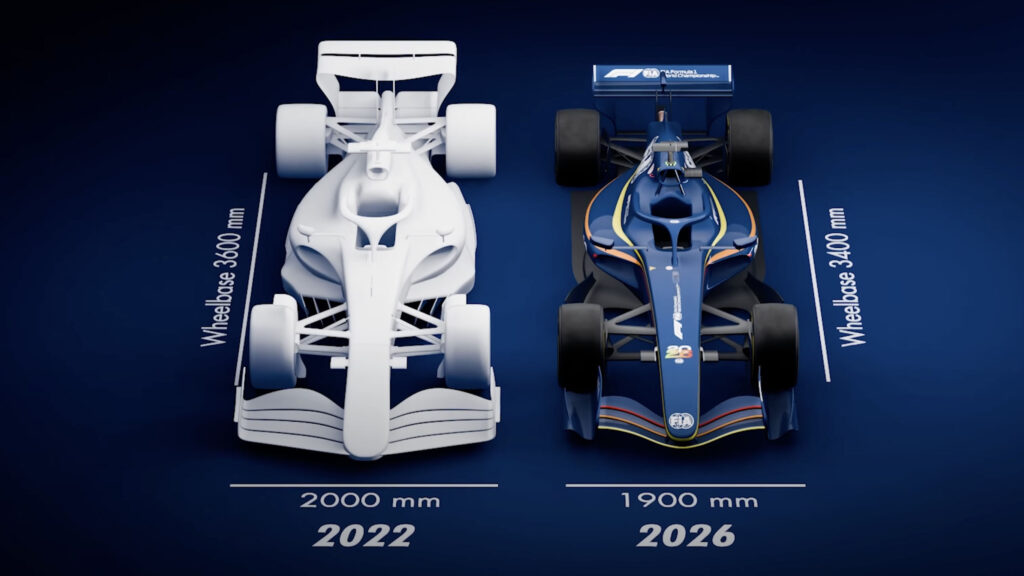
This is not a major innovation per se. The 2026 cars will still have a minimum weight of 768kg. But the new shape of the cars will allow for more side-to-side action. The innovations from 2022, which focussed heavily on the ability to follow a car for a longer period has remained. As such, the 2026 chassis presents an innovation of the current car, rather than a complete revision.
Aerodynamics
Aerodynamics is considered to be the most important branch of an F1 team’s research & development department. The aerodynamics of an F1 car have a massive influence on both the cornering and the straight-line speed. With the new regulations, it will see a new innovation coming its way.
Downforce & Drag
There are two important forces that aerodynamics manage. These are drag and downforce. To be quick when driving in a straight line, an F1 car should have as little wind resistance as possible. Wind resistance, or drag, is quite a literal term. Wind drags the car down, making it slower. However, to go into a corner efficiently, an F1 car needs downforce. Downforce pushes a car down, making it stick to the track. This allows for good braking and steering. A lack of downforce means the car will not have enough grip, and the car will not turn in properly. An F1 car needs to float like a butterfly on the straights, and sting like a bee in the corners. Trying to create the right setup, is one of the hardest, but one of the most important factors in F1.
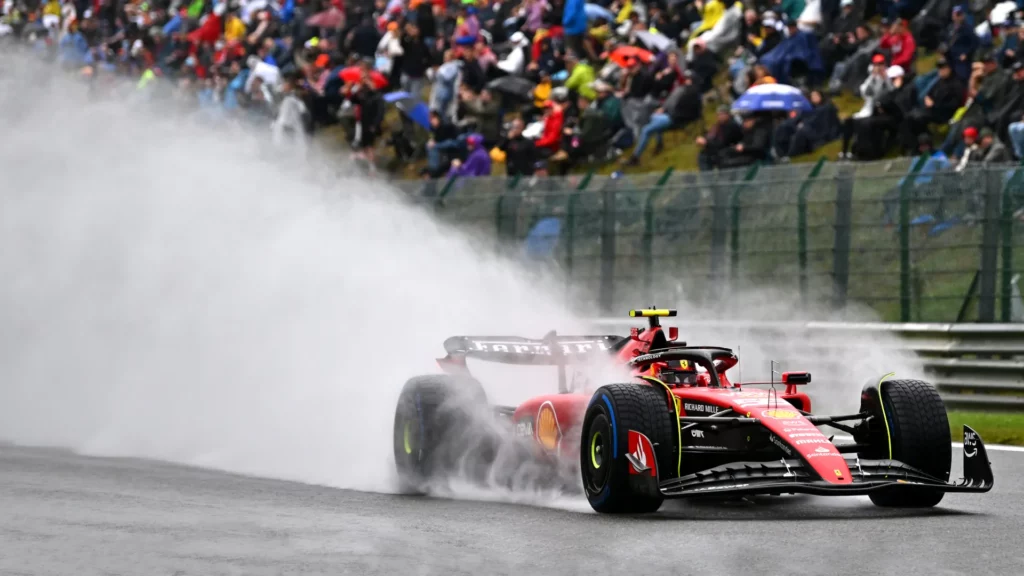
Active Aerodynamics
In the current regulations, teams use the practice sessions and their data, to create a perfect setup. If you cannot get it right before qualification, that’s too bad. Setup changes cannot be made once qualifying begins.
In the 2026 regulations, this will change massively with the introduction of ‘active aerodynamics’. The 2026 F1 cars will be configured like normal. The front and rear wing will be set up in a way that creates good downforce for the corners. This configuration is named Z-mode. Then, on pre-determined sections of the racetracks, drivers will be able to manually change the setup. The angles of the wings will be adjusted in a way that reduced drag, meaning increased speeds on the straights. This will be referred to as X-mode. The difference in angles between Z- and X-mode will be limited to just a couple of ‘clicks’. Nevertheless, it will allow for closer racing between all teams.
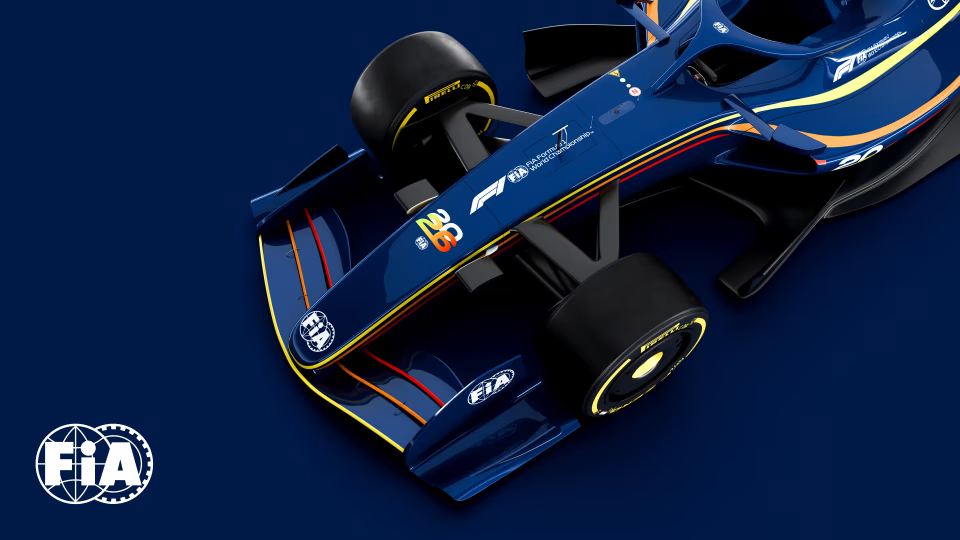
Powertrain
Current F1 engines are hybrid engines, meaning that their power comes from a combination of fuel combustion, and electrical energy. The biggest innovation in terms of powertrains for 2026, is a 50/50 split between the two sources of power. The power of the electric engine in the F1 cars will be tripled compared to the current engines. However, the combustion engine will become less powerful.
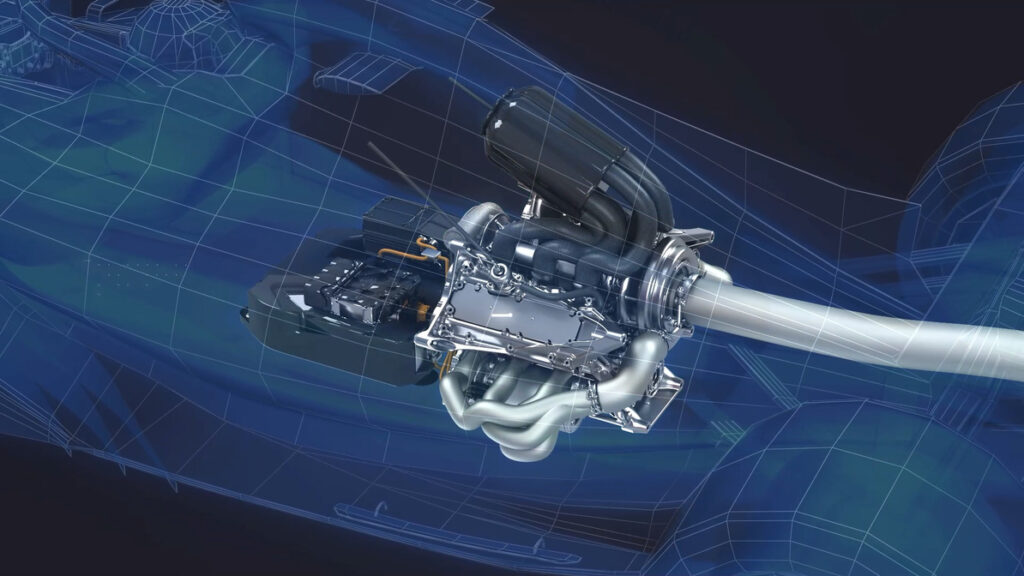
In the current cars, drivers use ERS (energy recovery system) to charge their batteries. This energy is later used for extra speed. Under the 2026 regulations, the amount of power that can be harvested, will be doubled. Drivers will have to take more care of managing energy when racing.
A new rule will also be implemented to improve overtaking, and yes, this also has to do with electric power. When within a second of the car in front, on certain sections, drivers will be able to use ‘override’ mode. This will give drivers a small boost in speed that assists in overtaking. This new rule replaces DRS. DRS (Drag Reduction System) functioned the same way, but instead allowed for more speed by opening the main flap of the rear wing, reducing drag. With the new engine rules and the previously mentioned active aerodynamics, the DRS rule has become obsolete.
New engines, new teams
The new F1 engines have been simplified, allowing for easier adaptation for ‘normal’ cars and more innovation in the world of electric cars and hybrids. The Formula One governing body has made it clear that the changes to the engine regulations had two main goals. First to assist in the realisation of Net Zero Carbon by 2030. And second, to attract new engine suppliers, something which has been very successful.
Some car manufacturers had previously been on the fence regarding entry into the pinnacle of motorsport. The climate commitments that F1 promotes with, among others, these engine regulations, have attracted new names to the sport. Honda will return to the sport, supplying the engine for Aston Martin in 2026. Red Bull Racing, the team of current driver champion Max Verstappen, has partnered with Ford to create a new powertrain. Audi will join as a full-fledged team, including their own engine for 2026. Lastly, Cadillac/GM will join the F1 grid with the new regulations, with General Motors committing to becoming the engine supplier for the team in 2028.
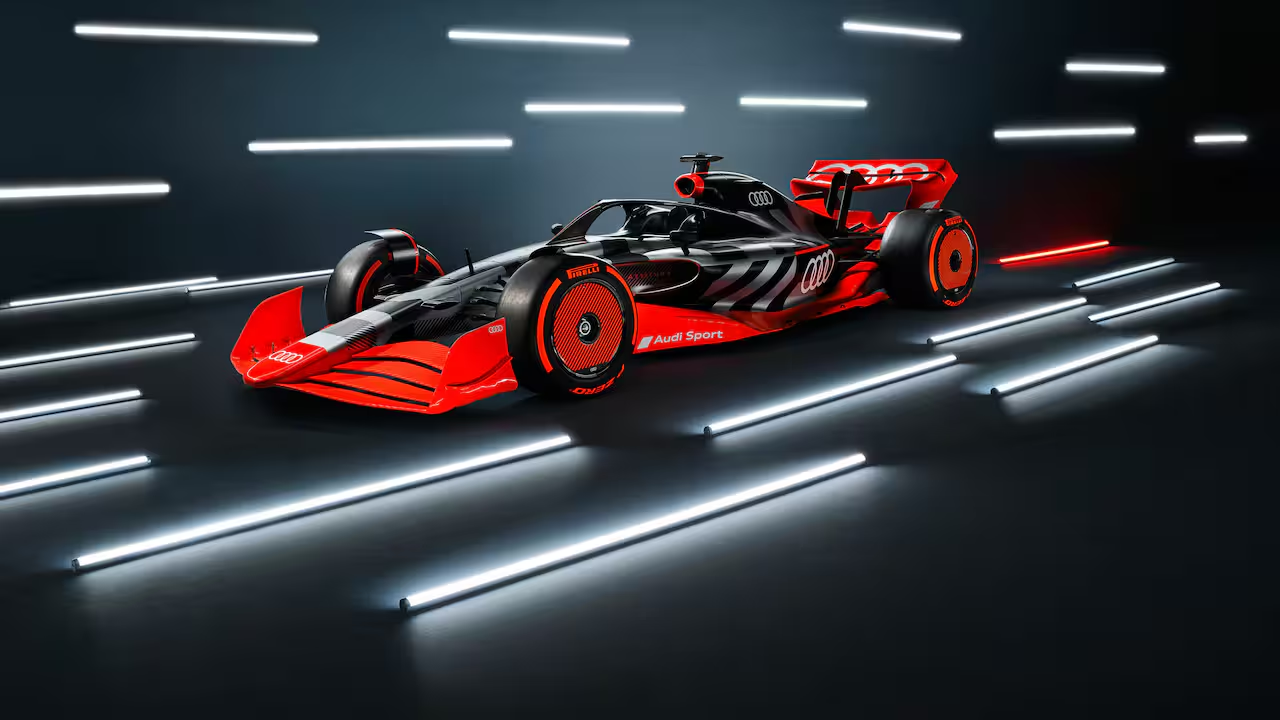
Not everybody is on board…yet
Drivers
How do the drivers feel about these new regulations? Shortly after the announcement, some drivers expressed their concerns about the reduced engine power, with some stating that the cars were ‘too slow’. Of course, with limited information, most remained reserved and wanted to see how the data will look closer to the actual 2026 season.
Some drivers do feel that the regulations might lead to a lot of similarities. Fernando Alonso, F1’s most experienced driver, with more than 400 Grand Prix’s under his belt, said that the regulations restrict the freedom of the teams to be creative about the designs of the car. Drivers also expressed concerns about F1’s desire to innovate, even when it could be at the detriment of the racing. 7-time world champion Lewis Hamilton summarised the views of the grid best: “We just have to make sure the cars are efficient, fast and a natural step forward, and that the actual racing is improved.”
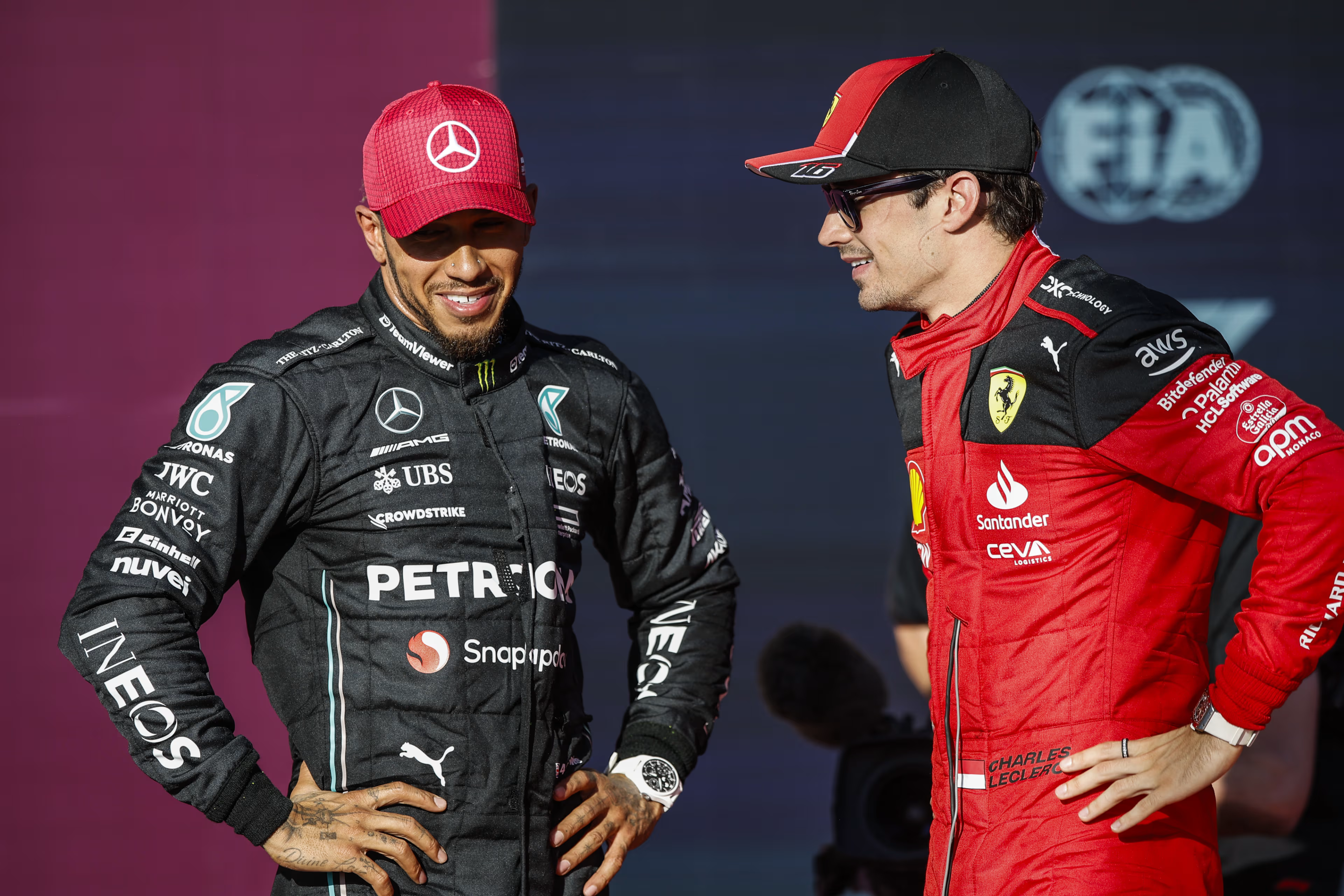
Fans
Fans of F1 are divided. Some are excited about the possible complete reshuffle. Others fear that new regulations will lead to dominance. When engine regulations changed in 2014, F1 saw an historical 8-year long dominance. Mercedes won all constructors championships, until the 2022 season. New regulations were introduced, and Red Bull started dominating the sport, with Max Verstappen breaking almost all records in 2023. In 2024 however, Red Bull’s dominance was broken with the other teams catching up. Currently, 7 different drivers have won multiple races, which has never happened before in the sport.

With the constructors championship being closer than it’s been in a very long time, race fans are understandably hesitant about the imminent reshuffle that the 2026 regulations present. However, the new regulations and new teams do allow for new fans to join the sport, as the regulations create something of a fresh start. And these new regulations will show the true capability of all teams. Teams who have struggled in the past, will have the possibility to catch up and join the big leagues, while teams who have been at the top before, could now tumble down the order, forcing them to work harder and prepare an ultimate comeback.

